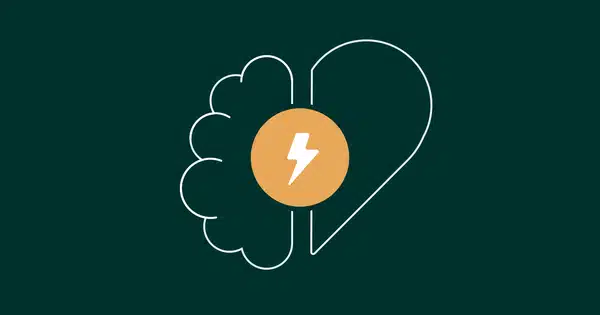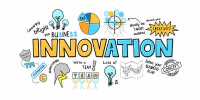Allow team members to express their emotions freely without fear of judgment. When team members feel safe to share their feelings, it can lead to more open and honest discussions, which can spark new ideas and perspectives. A positive work environment can boost team morale and help team members feel more creative and productive. Positive emotions like happiness and excitement can enhance creativity, so it’s essential to create a workplace that encourages positive emotions.
When assembling a team for a project, you may be tempted to select individuals with upbeat, optimistic personalities and flexible thinking. According to experts at Rice University, the University of Western Australia, Bond University, and the University of Queensland, a new management study suggests your team may benefit from people who are the polar opposite.
Jing Zhou, the Mary Gibbs Jones Professor of Management and Psychology at Rice’s Jones Graduate School of Business, co-authored the study, which looks at the effects of “team affective diversity” on team creativity. The study, published in the Journal of Organizational Behavior, is among the first to show how, why, and under what conditions “affective diversity” in teams promotes team creativity.
Our study suggests that teams may be aided in using their affect heterogeneity through interventions that focus on building the team’s transactive memory system, which can be accelerated when team members spend time together, share goals, receive information about member specializations, and train on the task together.
Jing Zhou
Team members with “negative affect” exhibit critical and persistent thinking, allowing them to identify problems that require solutions as well as search for and critically evaluate relevant information. Team members with “positive affect,” on the other hand, engage in broad and flexible thinking that broadens their range of information and allows them to see unusual and creative connections, according to the researchers.
“At any given time, some team members may feel positive emotions like joy and inspiration, while others may feel negative emotions like frustration and worry,” Zhou explained. “Rather than attempting to homogenize the effects of team members, teams should embrace affective heterogeneity.”

When a team experiences a high level of “affective heterogeneity,” what Zhou refers to as “dual-tuning,” greater creativity results.
The researchers put their hypotheses to the test with 59 teams working on a semester-long project in an undergraduate management course at a Hong Kong university. Each team created a business plan, which included designing a new product and differentiating it from potential market competitors.
Zhou emphasizes that a team’s “affective heterogeneity” can be a source of team creativity. This distinct type of diversity fosters team creativity, provided the teams have a strong “transactive memory system.” “Our study suggests that teams may be aided in using their affect heterogeneity through interventions that focus on building the team’s transactive memory system, which can be accelerated when team members spend time together, share goals, receive information about member specializations, and train on the task together,” Zhou said.
Embracing diversity within your team can help to bring in different perspectives, experiences, and ideas. This can lead to more creativity and innovation, which can help the team to reach its goals. This positive environment can lead to more creative thinking and innovation. In summary, encouraging open communication, fostering a positive work environment, embracing diversity, and celebrating successes can all help to boost creativity within a team.
















